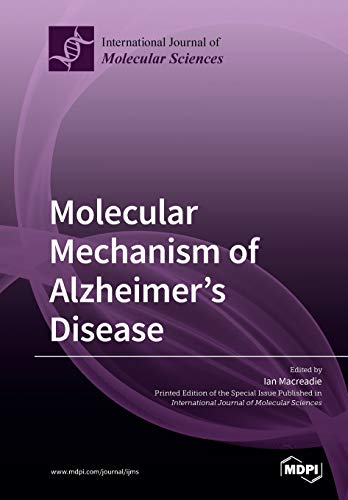

Most ebook files are in PDF format, so you can easily read them using various software such as Foxit Reader or directly on the Google Chrome browser.
Some ebook files are released by publishers in other formats such as .awz, .mobi, .epub, .fb2, etc. You may need to install specific software to read these formats on mobile/PC, such as Calibre.
Please read the tutorial at this link: https://ebookbell.com/faq
We offer FREE conversion to the popular formats you request; however, this may take some time. Therefore, right after payment, please email us, and we will try to provide the service as quickly as possible.
For some exceptional file formats or broken links (if any), please refrain from opening any disputes. Instead, email us first, and we will try to assist within a maximum of 6 hours.
EbookBell Team

4.7
76 reviewsAlzheimer’s disease (AD) is an age-related neurological disease that affects tens of millions of people, in addition to their carers. Hallmark features of AD include plaques composed of amyloid beta, as well as neurofibrillary tangles of tau protein. However, despite more than a century of study, the cause of Alzheimer’s disease remains unresolved. The roles of amyloid beta and tau are being questioned and other causes of AD are now under consideration. The contributions of researchers, model organisms, and various hypotheses will be examined in this Special Issue.